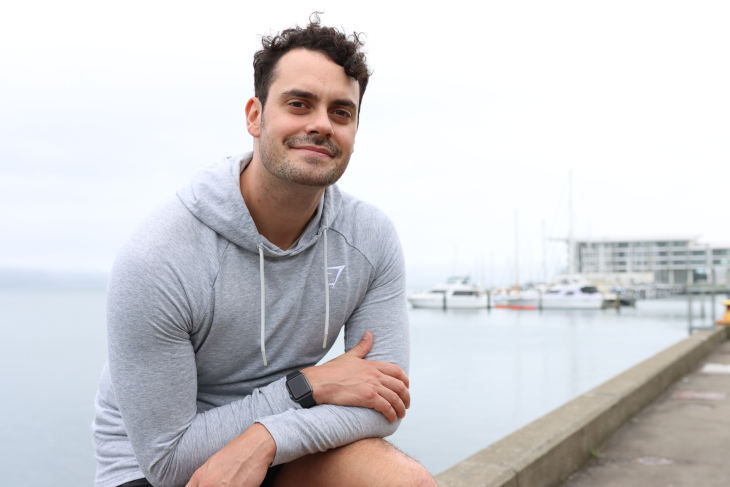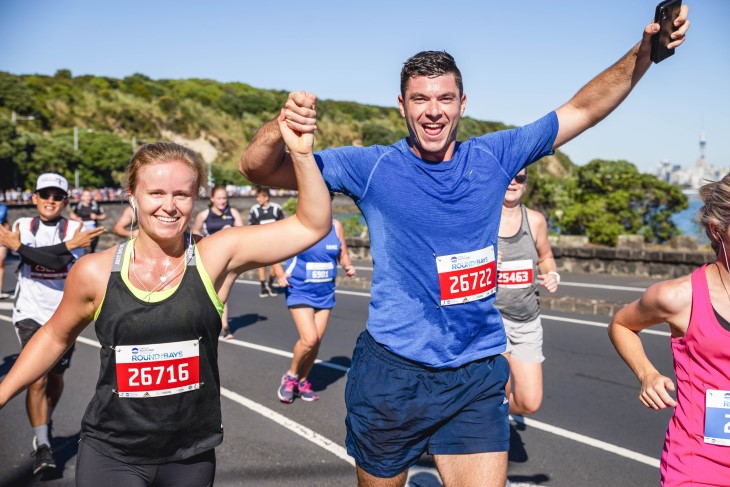How to prepare your body for running
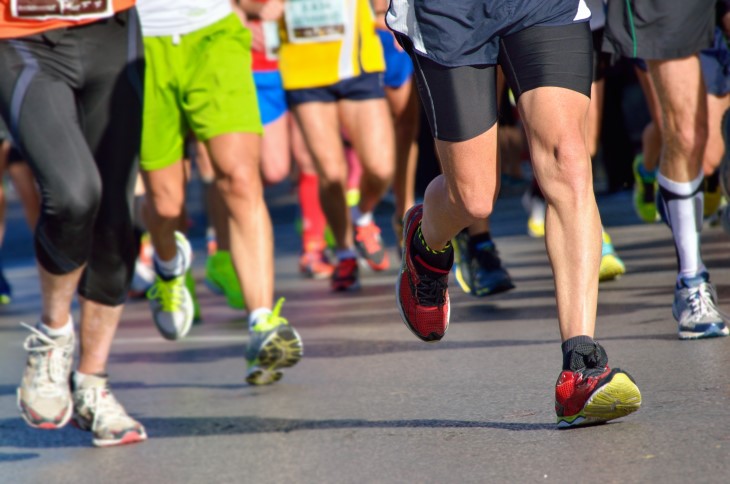
With the warmer spring weather nearly upon us, many New Zealanders are dusting off their running shoes. Here’s how you can avoid joining the 16,000 runners who made an injury claim last year.
As we head towards the end of the year, more and more pairs of sneakers will be out pounding the pavement.
Whether you’re training for an upcoming event or looking to run for general health and fitness, it’s important to physically prepare your body for the demands of running.
In 2024, we accepted over 16,000 claims for running-related injuries. It cost $15.2 million to support runners to recover from these injuries.
There were around 3,000 less claims the previous year.
Despite these injuries, it’s encouraging to see the popularity of running grow across the country, ACC Injury Prevention Partner Natalie Hardaker says.
“Although running can be an individual pursuit, it’s also a really social activity and requires very little equipment to take part,” she says.
“These characteristics make it attractive and easily accessible to both males and females.”
Last year, there were 8,152 female running-related injury claims and it cost $7.4 million to help females recover. The number of claims from males was 8,242 and it cost $7.8 million to help these male runners recover.
“Running is one of the only sporting activities where we see equal cost and volume of claims between males and females, which is indicative that participation is similar between the genders,” Natalie says.
The most common running-related injury claims are soft tissue, lacerations and fractures, particularly to the knee and ankle.
“The repetitive nature of running means there is a high prevalence of overuse injuries as well,” Natalie says.
“International data shows tendinopathies and bone stress injuries are prevalent in runners – the latter is particularly prevalent in females.”
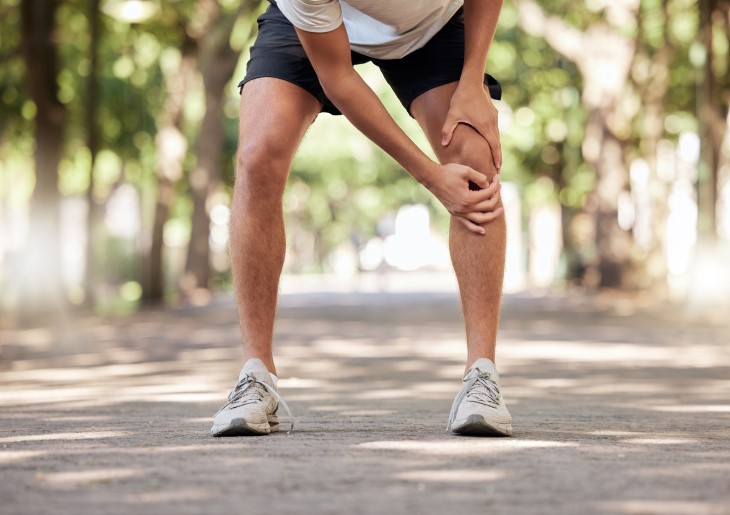
Build up slowly and listen to your body
To have longevity in running and for it to be enjoyable, it’s important to take the time to condition your body for running.
“Good running is all about consistency over time,” Natalie says.
“Whether you want to be competitive or you run simply because it feels good, the same principles apply.
“Ease into your training and gradually build up your running. Increase your running volume, distance or speed over time and avoid doing all three at the same time. You should also be sure to include rest days to recover.”
Natalie believes running is a great way to move your body and release some endorphins.
“It makes you feel really good but patience is key and you’ll benefit by having a solid training plan. I’d recommend talking to a coach to discuss designing a training plan that works for you,” she says.
“A lot of running injuries occur due to people putting their bodies under too much load too soon. Work out what the optimal load is for you.”
Natalie says it’s crucial to listen to your body.
“If you do get injured, talk to a professional about the right time to get back into training.
"We want to support all Kiwis to continue to run and, as with any other sport, good physical preparation combined with rest and recovery will help you stay injury-free and achieve your goals – whether that’s running for enjoyment, fitness or experiencing that awesome feeling of crossing the finish line on race day.”

Top tips to avoid running injuries
Complete a dynamic warm up – This will improve performance and make running more enjoyable.
Ease into it – Going too hard too soon can lead to injury. Be realistic, listen to your body and go at your own pace. This applies to each run, as well as your overall running-related goals.
Wear appropriate shoes – Some sports shoes are designed for running and others aren’t. You can reduce your chance of injury by wearing shoes that were designed for the task. If you’re training for an event, it also pays to train on the surface you’ll be racing on. This will help your body to adapt and perform well under pressure.
Fuel your body – Your food and fluid intake is important to enable your body to perform at its best and avoid fatigue and injury. By giving your body the fuel it needs, you’ll be more likely to reach your potential.
Take time to rest and recover – Build rest days into your programme. If you do get injured, take time to fully recover and gradually progress back into training.
If you’re able to, seek advice from a professional – They’ll be able to work with you to develop a plan that suits you. This ensures your training programme is tailored to you, your lifestyle, age, injury profile and goals.
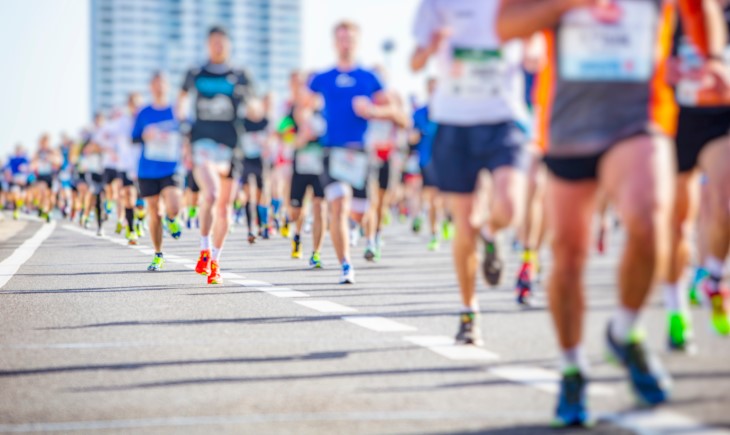
Running injuries by the numbers
In 2024, the number of running-related injury claims was 16,407 and the cost to help people recover was $15.2 million.
The age group with the highest number of claims last year was 30-34 (1,966) at a cost of $1.6 million, 25-29 (1,904) at a cost of $1.5 million and 35-39 (1,786) at a cost of $1.9 million.
Female injury claims were 8,152 and cost $7.4 million last year while male injury claims were 8,242 and cost $7.8 million.
The regions with the highest number of claims were Auckland (5,816 / $6.1 million), Canterbury (2,441 / $2.2 million), Wellington (1,653 / $987,959), Otago (1,448 / $1.2 million), Bay of Plenty (1,263 / $801,690) and Waikato (1,255 / $1.3 million).
The month with the highest number of claims lodged last year was October (1,607 / $1.4 million).
The most prevalent injuries were soft tissue (14,999), laceration/puncture/sting (515) and fracture/dislocation (371).




